Looking to keep your food fresher for longer? You may have heard of using vacuum sealing with oxygen absorbers, but are they really effective?
In this article, we’ll explore everything you need to know about using oxygen absorbers for food preservation, from how they work to whether or not you should be using them.
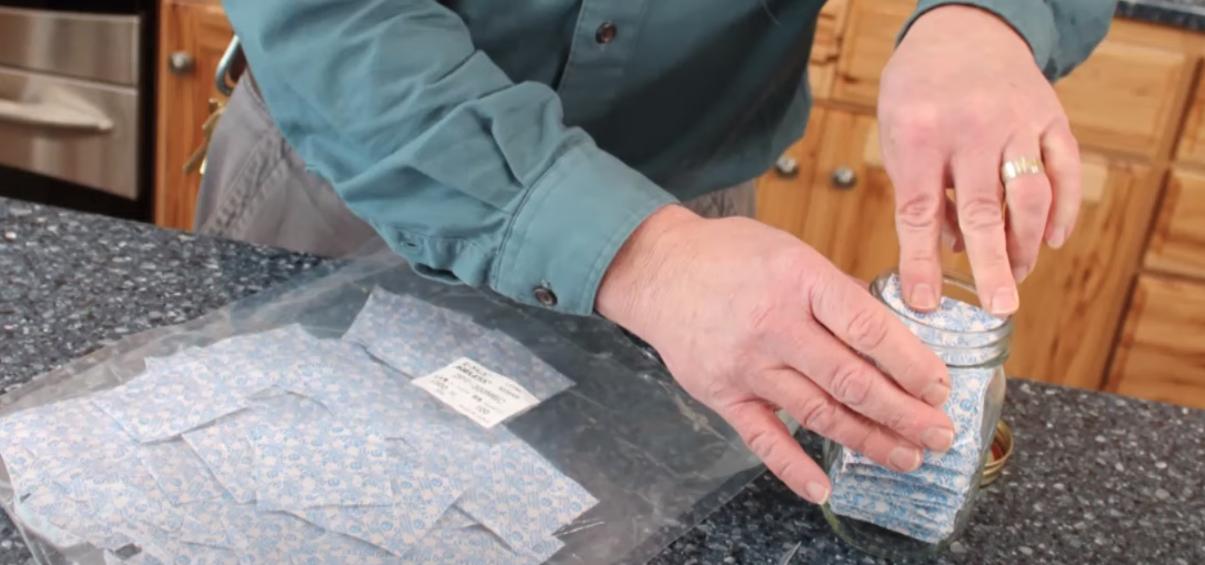
What are the benefits of using oxygen absorbers?
When it comes to preserving food, vacuum sealing is one of the most effective methods available. And while there are several factors that contribute to the success of vacuum sealing, using oxygen absorbers is often considered to be one of the most important. Here’s a look at just some of the benefits of using oxygen absorbers when vacuum sealing:
Extended shelf life: One of the biggest advantages of using oxygen absorbers is that they can help to extend the shelf life of food. By removing the oxygen from sealed packages, oxygen absorbers create an environment where bacteria and mold cannot thrive. This not only helps to keep food fresh for longer, but also prevents spoilage and waste.
Prevent rancidity: In addition to extending shelf life, oxygen absorbers can also help prevent rancidity in foods such as nuts and seeds. Rancidity occurs when fats in foods oxidize and produce off-flavors or odors. By removing the oxygen from sealed packages, oxidation is prevented and food stays fresher for longer.
Delayed oxidization: Another benefit of using oxygen absorbers is that they can delay oxidization in foods such as fruits and vegetables. Oxidization is a chemical reaction that causes fruits and vegetables to brown or discolors over time. However, by removing the oxygen from sealed packages, this process is slowed down significantly, allowing fruits and vegetables to retain their color and freshness for much longer periods of time.
How do oxygen absorbers help to preserve the quality of items being packed?
Different types of food spoilage result from different mechanisms, but oxygen is generally involved in most cases. Oxygen absorption by an oxygen absorber can help to preserve the quality of packed items by extending shelf life, preventing rancidity, delaying oxidization, and preserving flavor.
Oxygen absorbers are small packets that contain a highly reactive iron powder. When the packet is exposed to air, the iron powder reacts with the oxygen in the air to form iron oxide. This process absorbs oxygen from the surrounding atmosphere.
The amount of oxygen that can be absorbed by an oxygen absorber varies depending on factors such as temperature and humidity, but it is typically around 0.5%. Theoretically, this means that one 500ccoxygen absorber can remove 250mlof oxygen from a sealed container.
In practice, however, it is difficult to achieve perfect vacuum conditions inside a container, the actual amount of oxygen removed may be much less. Nevertheless, using multiple oxygen absorbers or larger ones can help to improve efficacy.
One advantage of using oxygen absorbers rather than other methods of food preservation is that they are effective at very low concentrations of dissolved oxygen. For example, foods preserved in nitrogen need a concentration above 80%to prevents oxidation reactions from occurring; whereas with anoxygen absorber present, only 0.1-0%is required.
Do you need to use oxygen absorbers when vacuum sealing if you are using a desiccant?
If you’re using a desiccant when vacuum sealing, there’s no need to also use oxygen absorbers. Desiccants are designed to remove moisture from the air, so they’ll help keep your food fresh and prevent it from spoiling.
How should you store oxygen absorbers to preserve them?
If you want to store your oxygen absorbers for future use, there are a couple of different ways you can do so.
One option is to vacuum seal them in a Mason jar or a Foodsaver with a jar attachment. This will keep them airtight and prevent them from drying out.
Another option is to store them in an airtight container with moisture-absorbing packets. This will help keep the oxygen absorbers from rusting or becoming damaged.
Whichever method you choose, be sure to check on your oxygen absorbers periodically to make sure they are still in good condition.
Choose the second one because I don’t recommend vacuum sealing for these items.
Can you use oxygen absorbers with vacuum sealing?
When it comes to vacuum sealing and extending the shelf life of stored food, oxygen absorbers are not necessary.
In fact, they will have very little effect. The key is to make sure that you have a good seal.
If there are any gaps in the seal, then air and oxygen can get in, which will cause the food to spoil more quickly.
Are there any drawbacks to using oxygen absorbers when vacuum sealing?
There are some potential drawbacks to using oxygen absorbers that should be considered before deciding whether or not to use them.
One of the main drawbacks of using oxygen absorbers is that they can cause food to spoil more quickly. This is because the removal of oxygen also removes one of the key elements that help keep food fresh.
Without oxygen present, bacteria and other microorganisms can more easily multiply and cause spoilage.
As such, foods that are particularly susceptible to spoiling (such as meats and dairy products) may not last as long when vacuum sealed with an oxygen absorber compared to if they were vacuum sealed without one.
Another thing to keep in mind is that not all foods are compatible with oxygen absorbers.
For example, dried fruits and vegetables will often discolor when exposed to high levels of carbon dioxide, which is a byproduct of the absorption process. Additionally, some types of oils and fats can go rancid when deprived of oxygen for too long.
As such, it’s important to do your research ahead of time and make sure that any foods you intend on vacuum sealing with an oxygen absorber are compatible with this type of storage method.
Overall, there are both advantages and disadvantages to using oxygen absorbers when vacuum-sealing food.
If I don’t have an oxygen absorber, can I still vacuum seal my food storage containers effectively?
Yes, you can vacuum seal your food storage containers without an oxygen absorber, there is no need to use oxygen absorbers with a vacuum sealer.
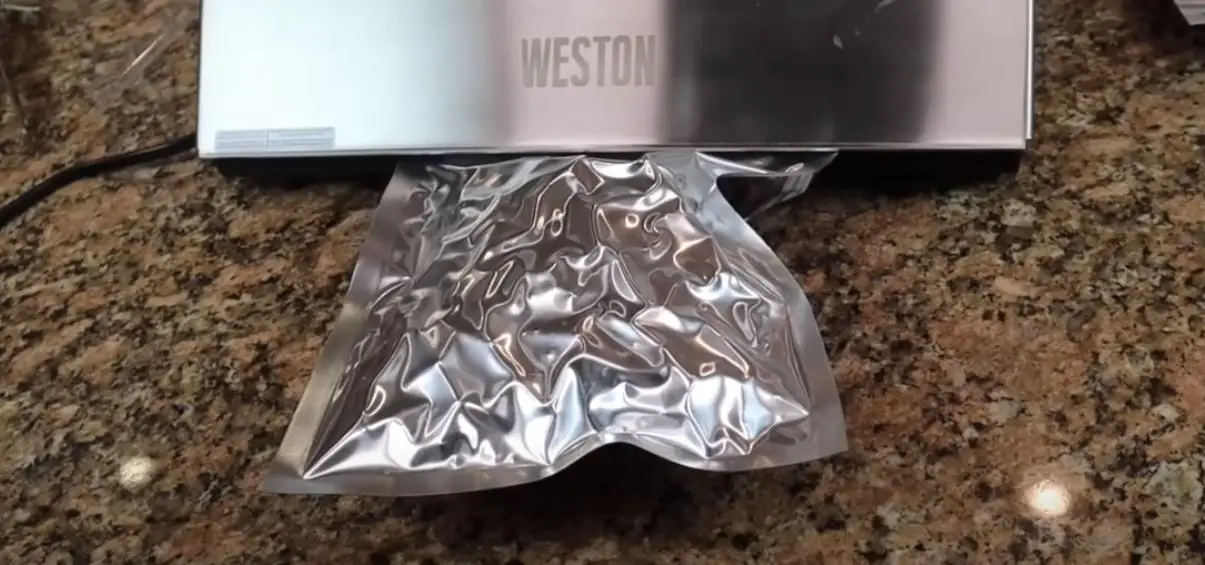
What alternative methods can be used in conjunction with or instead of vacuum sealing and using an oxygen-absorbing packet/sachet/container?
When it comes to vacuum sealing, there are several alternative methods that can be used in conjunction with or instead of using an oxygen-absorbing packet/sachet/container. These include using mylar bags, Mason jars, and large buckets to seal in oxygen.
Mylar bags are a great option for vacuum sealing because they are made of a material that is impermeable to oxygen. This means that they will keep your food fresh for longer and prevent spoilage.
Mason jars are another great option for vacuum sealing. They have a tight seal that will keep out oxygen and moisture. Mason jars can also be reused over and over again, which makes them a more sustainable option than disposable plastic bags.
Large buckets are a good option for vacuum sealing if you have a lot of food to store. They can hold more food than a mylar bag or Mason jar, and their tight seals will keep out oxygen and moisture.
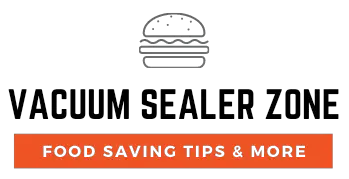
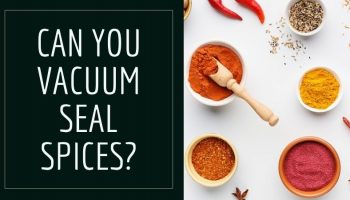
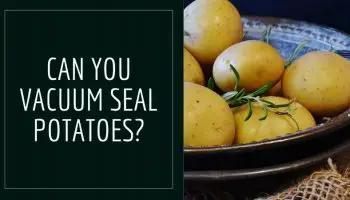
![Can You Vacuum Seal Tomatoes? [The Proper Way!]](https://vacuumsealerzone.com/wp-content/uploads/2021/08/Can-You-Vacuum-Seal-Tomatoes-350x200.jpg)